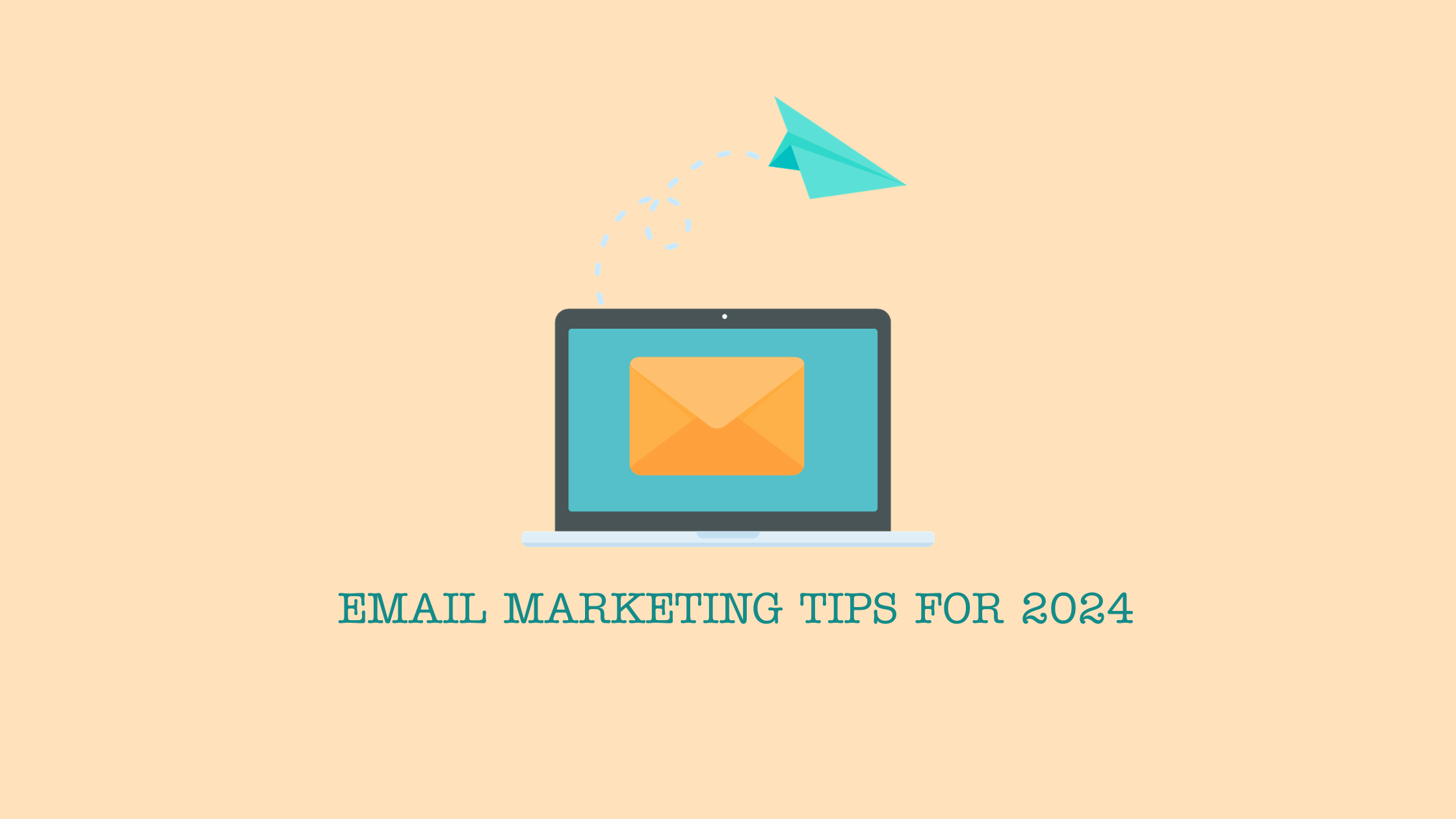
2024 is going to be an important year in the history of email marketing so now is as good a time as any to make sure your email marketing strategy is ready to maximize engagement and increase revenue.
Speaking of revenue, email marketing is projected to make its biggest year-over-year revenue jump this decade, moving from $10.89 billion in worldwide revenue in 2023 to a whopping $12.33 billion in 2024.
But there’s a caveat if you want your emails to generate more revenue in 2024!
You must be willing to play ball on a couple of crucial updates from Yahoo and Gmail with respect to email authentication.
Keep reading to learn more about those crucial updates.
-
Email authentication cannot wait (Please don’t skip this)
In late 2023, Yahoo and Google (henceforth known as “Yahoogle” courtesy of Naomi from Parcel) announced that they were getting serious about email authentication.
On the Google-run blog, The Keyword, Google states:
“Starting in 2024, we’ll require bulk senders to authenticate their emails, allow for easy unsubscription and stay under a reported spam threshold.”
What this means in practical terms is that if you’re sending over 5,000 emails, you will need to quickly get serious about DKIM, SPF and, specifically, DMARC authentication.
If those sound like gibberish acronyms to you, you have some learning to do. Start here with Mailjet’s great blog on DMARC.
If you’re unsure whether your emails will pass the above authentications, there are a couple of tools to help you out:
- AboutMy.email – This website allows you to send an email to a custom address. It then provides a ton of feedback, including the status of the authentications you need in 2024 and beyond.
- Red Sift – This website provides similar feedback to AboutMy.email but also gives you a ✅ or an ❌for Google/Yahoo compliance.
If you are sending under 5,000 emails and think you can ignore this level of authentication, let me take this time to be blunt: The writing is on the wall – industry-wide – and the days of sending emails from unauthenticated domains are numbered.
My bet is that in the next year or so, this will be a requirement for all senders.
Do with that prediction what you will!
-
One-click unsubscribe
In the abovementioned blog, Google makes mention of the need to “allow for easy unsubscription”. In layman’s terms, that means your emails need to have a one-click unsubscribe.
If there is any confusion about what that means, it means that when someone clicks the unsubscribe link in your email, they should be automatically unsubscribed.
They shouldn’t be taken to a page to confirm they want to unsubscribe, there shouldn’t be any delay, there shouldn’t be the requirement to provide a reason, or any other tactic or scheme you can think of to avoid having an unsubscribe actually mean unsubscribe.
-
AI will require ‘humanification’
Over the holidays, I heard several family members and friends – none of whom are in marketing or are professional writers – talk about reading emails, books and blogs that were clearly written by AI such as ChatGPT.
When non-industry people start spotting the fakery, beware!
While AI writing assistance can be a valuable tool to help you formulate, say, an eye-popping subject line, there should be a process of refinement, or ‘humanification’ (a fancy word I just made up), from the person responsible for writing emails that makes sure nothing about the email sounds like it was written by some soulless, algorithm-led AI.
-
Increased segmentation
Numbers always tell a story and the numbers around the value of segmenting your audience (which leads to increased personalization in emails) are clear: Segmentation increases engagement and increased engagement drives more sales.
As per Constant Contact’s 2023 report on email marketing, segmented email marketing campaigns “drive 30 percent more opens and 50 percent more click-throughs than untargeted ones.”
The good news is that it’s likely that the contacts on your list are willing to share information about themselves to help you with your segmentation efforts. According to Constant Contact’s report, 83% of customers are willing to share data to create a more personalized experience.
Assuming you want to begin segmenting audiences more than you already do, here are a few ways you can start:
- Name
- Company Name
- ZIP/Postal Code
- Phone Number
- State/Province
- Past Purchases
- Past Interactions
- Expressed Interests
- Past Website Interactions
- Past Email Interactions
Find a handful of key metrics that will provide meaningful segmentation to your audience and begin creating emails and automations just for those segments.
Best practices will pay off in 2024 and beyond
Between Yahoogle leaning into increased authentication measures in 2024 and Mail Privacy Protection launching in late 2022, it feels like all those email best practices we’ve been told we “should do” are slowly becoming mandated by the tech giants that provide our email inboxes.
Suffice to say it’s become clear that for companies to continue to send email campaigns their contacts actually see (and engage with), they’re going to have to focus on doing the fundamentals correctly. That means a fine attention to detail when it comes to best practices around things like deliverability, authentication and accessibility.
But don’t worry if you feel like you have a lot to do to catch up on all the industry best practices! Focus on setting up DMARC right now as Yahoogle’s new policies come into play on February 1. Then, throughout the year, work on segmentation, copywriting and the other bits of email marketing that make it such a profitable marketing tactic for companies.
All the best pressing “Send” in 2024!
